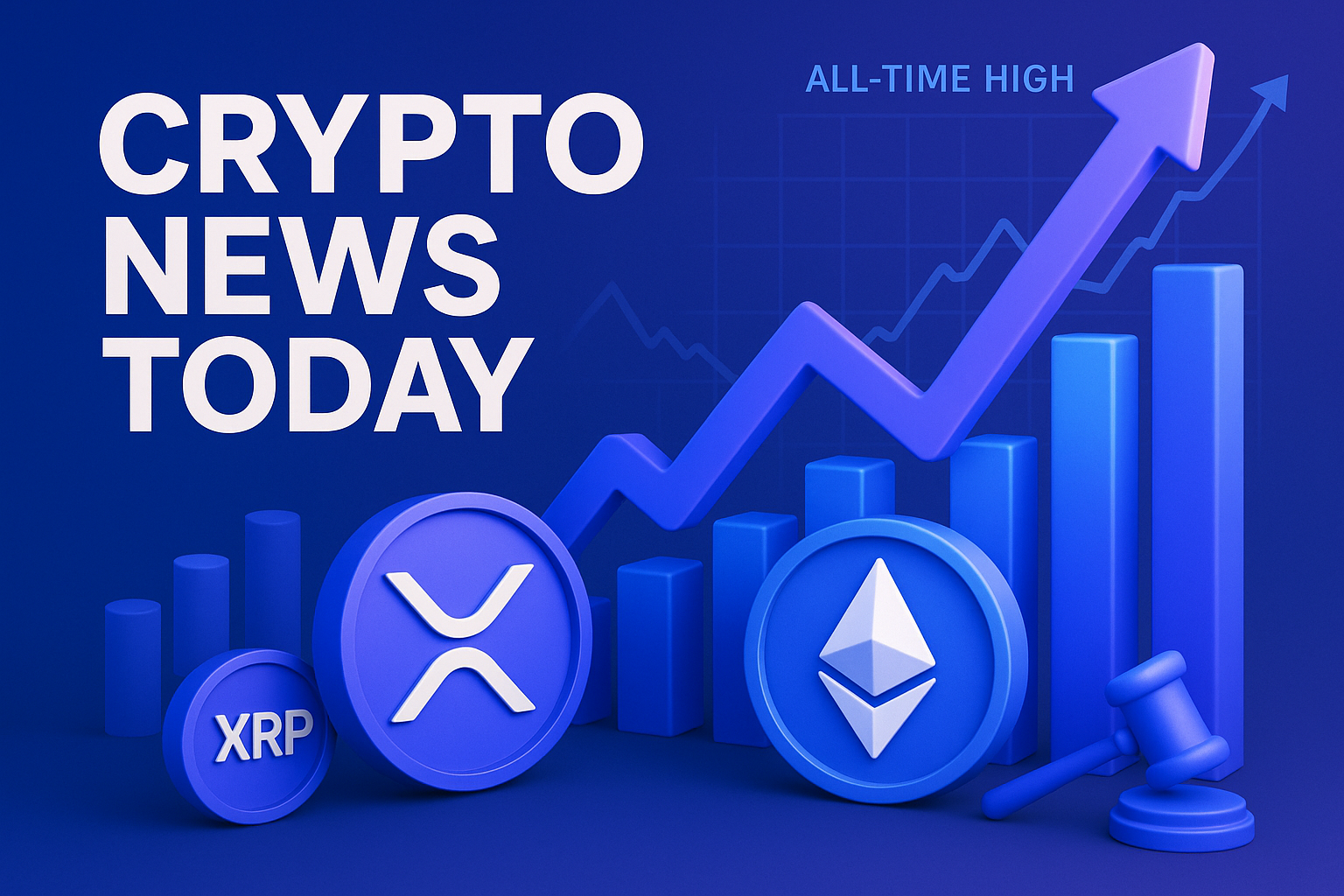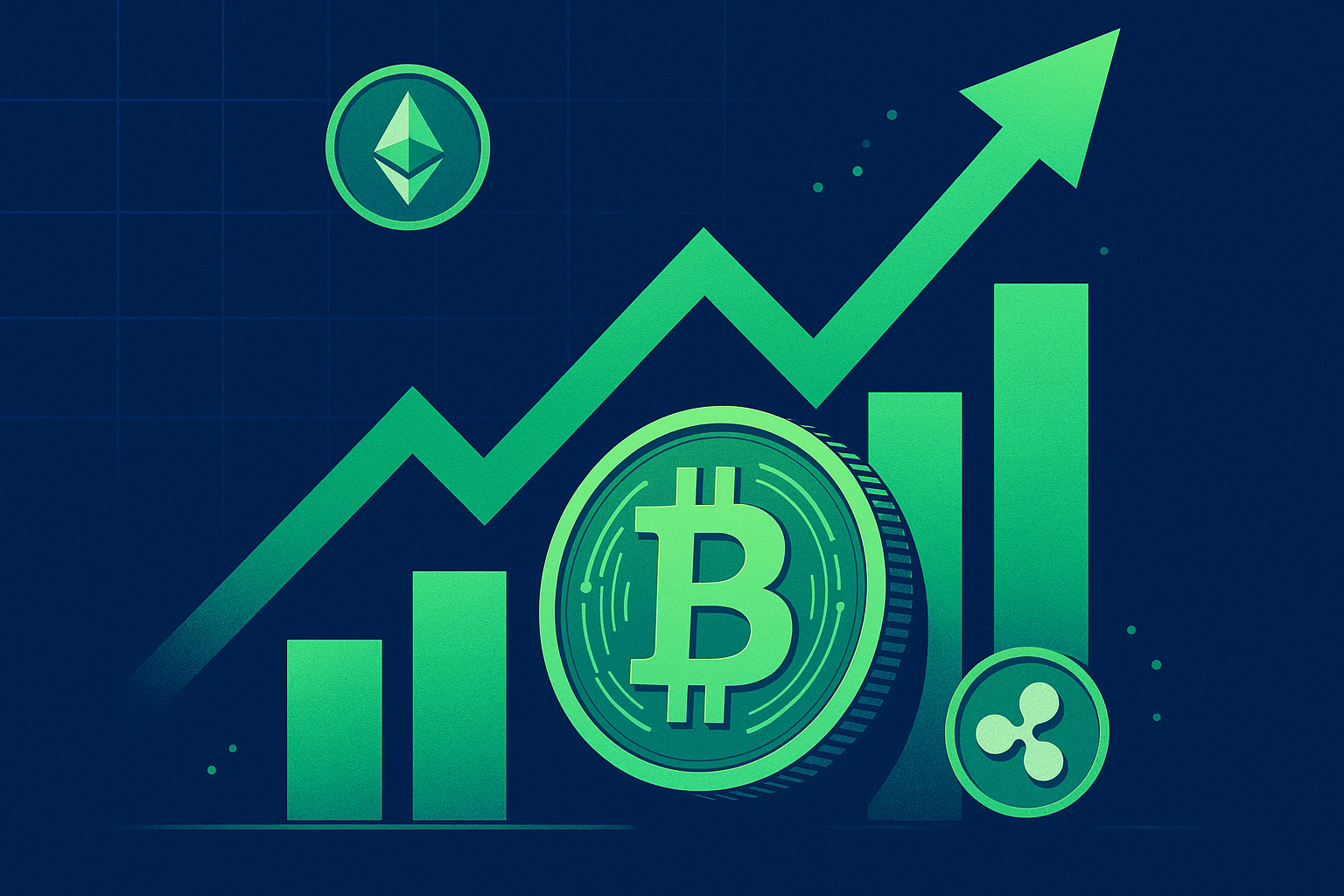While traders were sleeping and the Binance chat was arguing over whether SOL or AVAX is the next hot rotation, the South Korean Ministry of Economy and Finance quietly did something it hasn’t dared to do in fourteen years: it told domestic funds they can finally pile back into kimchi bonds.
Here's What Actually Happened
Late Tuesday Seoul time—roughly when the U.S. was still digesting CPI prints—the ministry announced it is lifting the 2009 prohibition that kept Korean pension funds, insurers, and even the hedgie down the street from buying won-denominated debt issued offshore. If you’re new to this, a kimchi bond is basically a corporate IOU in Korean won, but sold in a foreign market—usually Singapore or Hong Kong—so overseas investors can get won exposure without opening a Korean brokerage account.
The government framed the reversal as part of a broader FX-stability package. The won has sagged almost 6% against the dollar year-to-date, kissing 1,380 per USD at one point. A chunky chunk of that pressure, officials admit, comes from capital outflows into dollar-pegged stablecoins. Data from CryptoQuant shows that Korean exchanges saw $970 million equivalent USDT net inflow during Q2 alone; that’s real demand for greenbacks leaving the peninsula.
Why This Move Feels Familiar to Old-Timers Like Me
I’ve been in these trenches since Mt. Gox was the only on-ramp we trusted with our beer money. Every few years the won wobbles, and policy makers in Yeouido scramble to plug the leak. Back in 2017, when the Kimchi Premium on BTC hit 40%, I watched regulators tighten OTC remittance limits overnight. Different era, same reflex: choke off the cross-border flow.
This time they’re trying the carrot instead of the stick. By letting domestic players buy kimchi bonds, they’re basically saying, “Hey, if you’re going to hunt yield or hedge duration risk abroad, at least do it in won so the dollars stay onshore.” It’s a subtle pivot from capital control to capital coaxing.
How Big Is the Market, Really?
Before the ban, kimchi bonds averaged $3-4 billion equivalent issuance per year. After 2009, that figure collapsed to a rounding error—last year was barely $150 million, according to Refinitiv. If the prohibition fully unwinds, dealers at Citi Seoul tell me we could see $6 billion in fresh paper by end-2024. That’s not life-changing liquidity for global fixed income, but for a currency pair that trades barely a tenth the volume of USD/JPY, it’s meaningful.
But Wait, Doesn’t That Just Recycle Won?
Here’s where it gets interesting. Domestic funds will buy these bonds with won, sure, but issuers—often Korean chaebols listing in Singapore—typically swap the proceeds into dollars for overseas capex. So you might think the won still leaves the country. But in practice the swap desks hedge that exposure back via non-deliverable forwards, which keeps FX demand more balanced. The government is betting that the net effect is shallower USD demand than outright foreign-currency bond issuance.
I’m not entirely sure that math holds if we get a sudden DeFi bull run and Gen-Z traders hoover up USDC again, but I see the logic.
Stablecoins: The Elephant in the Han River
You can’t talk Korean FX without acknowledging the crypto parallel universe. Upbit still clears more KRW volume than the KRX on some days. Whenever BTC pops 5%, you can watch the won bleed on a Bloomberg terminal like clockwork. In my experience, Korean retail doesn’t trust domestic bonds—kimchi or otherwise—the same way it trusts immutable ledgers. So the government’s real hurdle is narrative, not mechanics.
Incidentally, Terra’s collapse last year still haunts policy circles here. The National Assembly is drafting a Digital Asset Framework Act, and sources tell me the kimchi bond green-light was actually stuck in the same committee for weeks because lawmakers worried about optics: ‘Are we going soft on capital flight again?’
What This Means for Your Portfolio
If you’re a crypto trader who never touches TradFi, you might shrug. But think about the second-order flows. Korean pensions chasing 4-5% yield in offshore won paper may have to lighten up on their U.S. IG book. That can nudge corporate spreads wider, which in turn tweaks the discount rates VC funds use when they model token treasury yields. Small ripples, but they add up.
For arbitrage desks, a thicker kimchi bond market could offer a natural hedge against the Kimchi Premium. Imagine shorting the offshore bond while going long spot BTC on Bithumb when the premium spikes. I’ve seen Alameda-style outfits salivate over less obvious basis trades.
The Skeptical Take
I’ve noticed some chatter on Korean FinTwit—folks like @dohyeon_official—arguing that domestic investors were never the marginal price-setters for the won anyway. Foreign banks dominate the KRW NDF curve. So why bother? My war-story brain recalls 2014, when the Bank of Indonesia tried a similar trick with Komodo bonds; it bought them three months of calm before USD/IDR ripped again.
Could Korea face the same fate if the Fed stays higher for longer? Possibly. The differential still favors holding dollars. Kimchi bonds will have to offer juicy coupons—think 70-90 bps over onshore AA corporates—to lure real money.
A Tangent on Credit Ratings—the Unsexy but Critical Detail
Most kimchi bonds carry parent-level ratings, often A or better. But if you’re using something like S&P Capital IQ’s CreditPro, you’ll notice the offshore tranche sometimes gets a one-notch haircut because of legal jurisdiction quirks. I had a bad experience in 2012 when a quasi-sovereign Indonesian bond got downgraded in exactly this scenario. So, do your DD; don’t assume parity with the onshore note.
So, Is This Bullish or Just Noise?
Look, I think it’s mildly bullish for the won in the near term, neutral-to-bearish for stablecoin demand (kudos if you farm those on-off ramps), and potentially a sleeper catalyst for Korean equities if funding costs drop. But let’s keep perspective: Binance moves more volume in a busy weekend than the entire kimchi bond market did last year.
Still, signals matter. Policy makers are acknowledging that crypto outflows are now macro-material. That’s a narrative you’ll want to monitor heading into 2024 elections—yes, Korea votes next April, and FX always becomes a talking point.
Before I Let You Go…
“Markets don’t repeat themselves, but they do rhyme.” – I’ve always loved that cliché, probably because I keep seeing it validated.
If the won rallies 3-4% in the next quarter, expect other Asian economies—looking at you, Thailand—to dust off similar playbooks. And don’t be shocked if the Korean central bank layers on a CBDC pilot to complement this move; they’ve tested a wCBDC sandbox with Klaytn already.
For now, I’m parking this in the ‘watch closely’ bucket. I might even snag a slice of a Hyundai Motor 3-year kimchi bond if the spread hits 120 bps—I like asymmetric bets that also teach me something.
As always, stay nimble, question narratives, and keep a hawk eye on both the on-chain and off-chain order books. Catch you in the next cycle.



